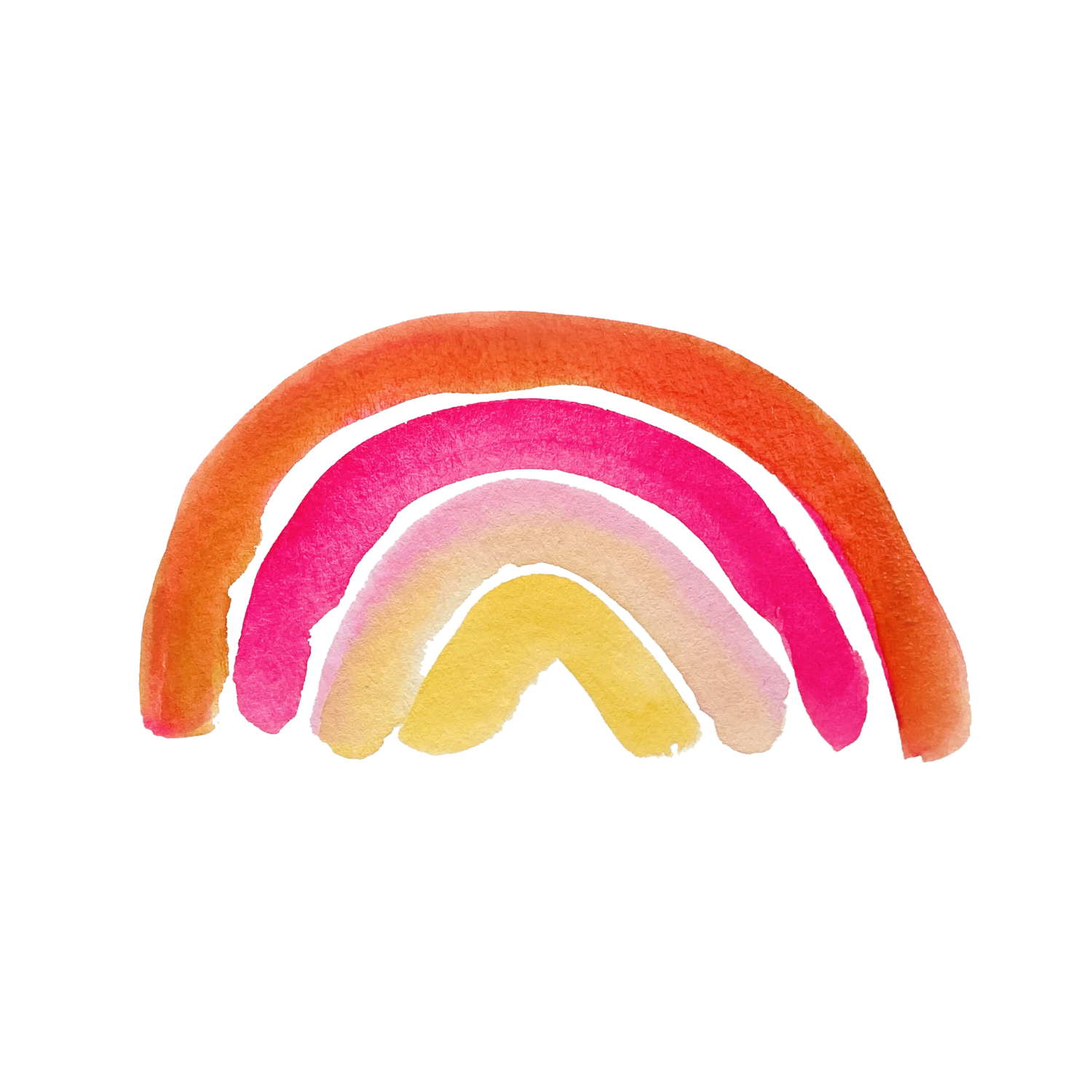How to Get Started as a Freelance Artist
Are you an aspiring artist looking to turn your passion into a profession? Becoming a freelance artist allows you to showcase your creative skills, work on exciting projects, and have the freedom to manage your own career. However, getting started in the competitive world of freelance art can be challenging. In this article, we will guide you through ten actionable tips to jumpstart your art career as a freelance artist. By following these steps and implementing effective strategies, you can set yourself up for success in the art industry.
Define Your Artistic Style: Every successful artist has a unique style that sets them apart from the crowd. Take the time to explore different art forms, experiment with various mediums, and find your artistic voice. Developing a recognizable and consistent style will help you attract clients who resonate with your work. Experimentation is key during this process, so don't be afraid to try new techniques and embrace your creativity.
Build an Online Portfolio: In today's digital age, having an online presence is crucial for any freelancer. Create a professional website or use platforms like Behance, Dribbble, or Instagram to showcase your best work. Organize your portfolio by categories or themes, ensuring potential clients can easily navigate and appreciate your talent. Include a brief artist statement, contact information, and links to your social media accounts. Regularly update your portfolio with new projects and remove any outdated or weaker pieces to maintain a strong impression.
Network and Collaborate: Networking is a powerful tool for artists. Attend art exhibitions, workshops, and industry events to connect with fellow artists, potential clients, and gallery owners. Join online communities, forums, and social media groups related to your artistic niche to expand your network further. Collaborating with other artists or participating in group shows can expose your work to new audiences and create valuable connections within the industry.
Utilize Social Media: Social media platforms provide an incredible opportunity to showcase your art and engage with a broader audience. Choose platforms that align with your target audience and post regularly to stay visible. Share work-in-progress photos, behind-the-scenes glimpses, and personal anecdotes to create a connection with your followers. Utilize relevant hashtags to increase your visibility and engage with your audience by responding to comments and messages. Collaborate with other artists or participate in art challenges to increase your reach and attract new followers.
Offer Freelance Services: Expand your revenue streams by offering freelance services related to your art. Consider creating commissioned artwork, illustrations, graphic designs, or even teaching art classes. Advertise your services on your website, social media, and freelance platforms like Upwork or Fiverr. Providing a variety of services allows you to reach different clientele and establish yourself as a versatile artist.
Research and Price Your Work: Before setting your prices, research the market and consider factors such as your experience, time invested, and the complexity of your work. Compare prices of similar artists in your niche to ensure you remain competitive while valuing your talent. Offer different pricing tiers or packages to cater to clients with varying budgets. Remember, pricing is not set in stone, and it's okay to adjust your rates as you gain more experience and recognition.
Develop a Marketing Strategy: Having a well-defined marketing strategy can significantly impact your success as a freelance artist. Identify your target audience, understand their preferences, and tailor your marketing efforts accordingly. Use a combination of online and offline marketing techniques, such as email marketing, social media advertising, attending art fairs, or reaching out to local businesses. Collaborate with influencers or bloggers
Embarking on a freelance art career requires dedication, passion, and a proactive approach. By following the ten actionable tips outlined in this article, you can position yourself for success as a freelance artist. Remember to define your artistic style, build a compelling online portfolio, network and collaborate with fellow artists, utilize social media platforms to reach a wider audience, offer diverse freelance services, research and price your work competitively, and develop a solid marketing strategy. With persistence, continuous learning, and a commitment to honing your craft, you can turn your artistic aspirations into a fulfilling and thriving freelance art career. Embrace the journey, stay true to your creative vision, and let your art speak volumes.

